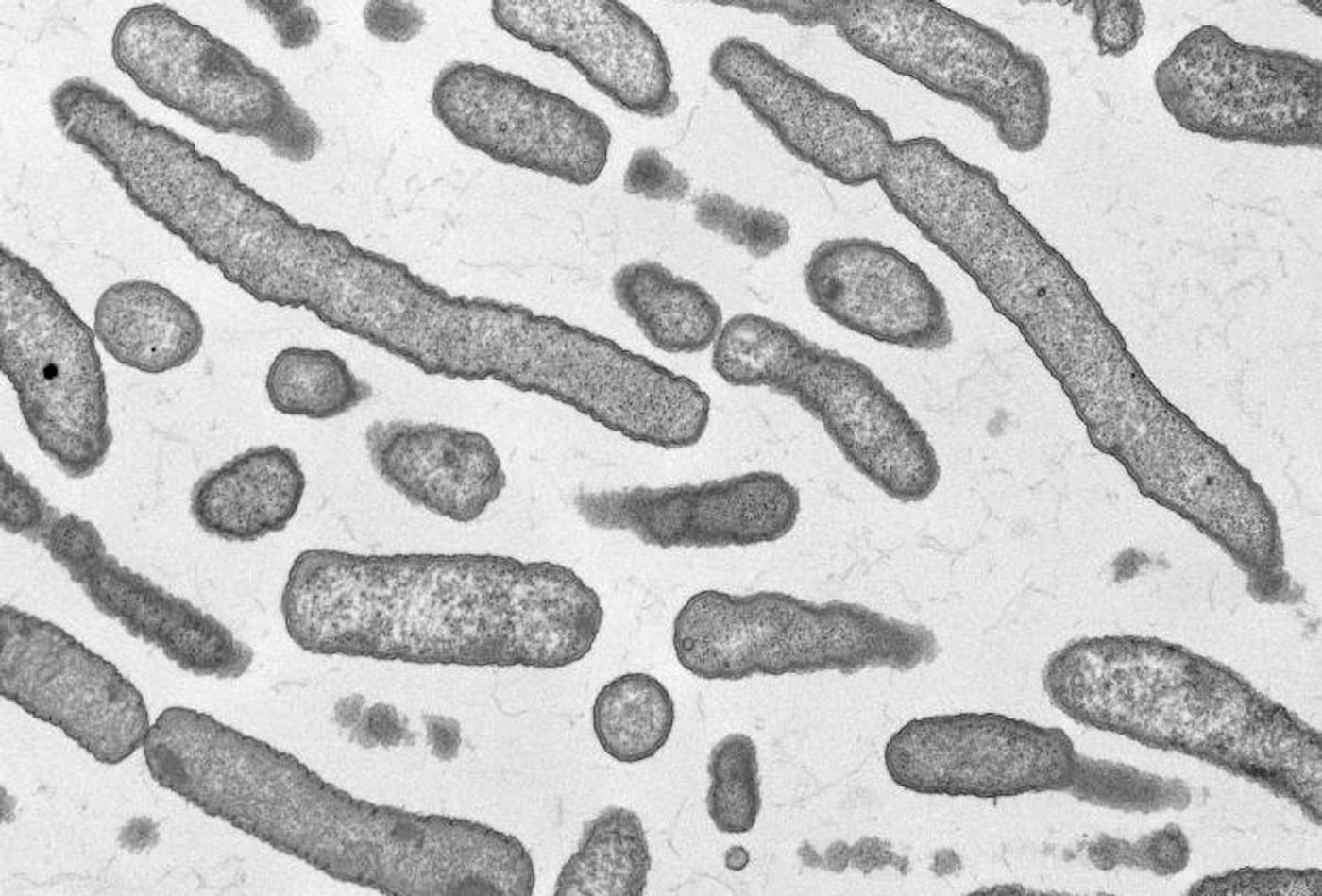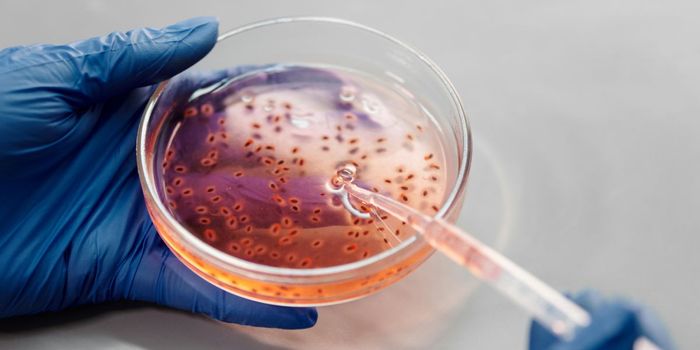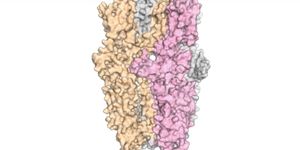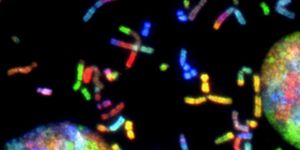Examining the Existence of Organelles in Bacteria
Cells can be grouped into two general categories: prokaryotic cells, which include microbes like bacteria and archaea, or eukaryotic cells, which include plants and animals. A major difference between prokaryotic and eukaryotic cells is membrane-bound structures called organelles, including a nucleus, which encloses a eukaryote's genome. In prokaryotes, the genetic material can be found free-floating in the cell. Recent research has shown, however, that some types of organelles can also be found in bacteria.
In Nature Reviews Microbiology, scientists from Monash Biomedicine Discovery Institute (BDI) have outlines organelles in bacteria.
"There was an age-old truism until recently that bacteria were simply a bag of enzymes, the simplest type of cells," said Professor Trevor Lithgow of BDI. "New developments in nanoscale imaging have shown that internal compartments - organelles - make them very complex."
Powerful microscopy tools have revealed the presence of organelles in bacteria, which are about 10,000 times smaller than the head of a pin. Some of them are created out of a kind of phase separation while others are surrounded by physical boundaries made from fatty mono- or bilayers or proteins.
Organelles help bacteria carry out various biochemical processes like photosynthesis, or the breakdown of toxins like fuel. They can also help orient bacteria; some bacterial organelles collect magnetic iron particles to align with the planet's magnetic field, while other bacterial organelles can collect gas and move through an aquatic environment in specific directions in order to find nutrients or light. The review authors noted that while these organelles exhibit a high level of diversity, there are some unifying characteristics, such as the mechanisms underlying their formation.
"Organelles enable many bacteria to perform functions useful for us, from supporting basic ecosystem function to enabling all sorts of biotechnological advances. But a few pathogens use organelles to cause disease," said Associate Professor Chris Greening of BDI. "The deadly pathogen that causes tuberculosis, for example, scavenges fatty molecules from our own bodies and stores them as energy reserves in organelles, helping the pathogen to persist for years in our lungs, compromising treatment and making the emergence of drug resistance likely."
A deep understanding of how bacteria function can benefit humans in many ways, including through advancing biotechnology and improving human health.
"In these times of COVID-19 the death tolls we're seeing for viral infections are terrible, but the projection is that by 2050 at least 22,000 Australians and ten million people worldwide will die every year due to infections caused by drug-resistant bacteria," Lithgow said.
In the video above, Lithgow discusses bacterial cells.
Sources: AAAS/Eurekalert! via Monash University, Nature Reviews Microbiology









